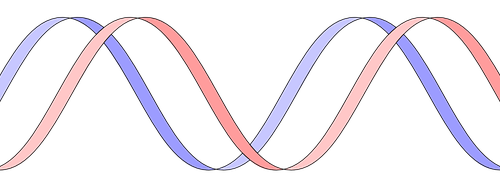What does an invention “completed” in China mean? China and the US are similar in that both countries highly value national security, and thus have rules regulating the exportation of technology and information from within their borders. This includes new inventions that arise from within their respective borders. As such, both governments require inventors who create IP within their borders to obtain approval by requesting a foreign filing license (or “confidentiality examination request“ in Chinese) before they can file a patent application in a foreign jurisdiction first (i.e., “export” the “technology”). In China, “inventions or utility models, of which the substantive content of the technical solution is completed within the…
-
- China, Court Cases, Courts, Drafting, Inventions, Patent Law, Patent Re-examination Board, Quality, Supreme People's Court
Chinese Courts Cares More About Patent Quality Now (A Doctrine of Equivalents Story)
There is no doubt that the drafting quality of a patent can be crucial in determining the success (or failure!) of the patent during litigation. However, due to various reasons, patents often fail to use the right drafting strategies that best protect the invention. Too often, inexperienced or unsophisticated patent drafters merely listen to an inventor and literally describe the features of an invention. Worst yet, some inventors try to draft their own application, making the similar mistake of describing an invention too specifically and narrowly, leaving plenty of “design-around” space. Even though a patent may grant, the protection scope for that invention is weak, at best, and may even…
-
How the Chinese Patent Office Rejected a Plate-Making Method Based on Food Safety Law
Previously we published an article about CNIPA rejecting a patent application claiming a food that could also be used to treat or prevent diseases based on the food’s alleged non-compliance with Food Safety Law. China’s Food Safety Law includes a provision which states any use of a composition as a food must be strictly separated from any medicinal use. Recently, we have noticed a worrying trend of such “food safety” type rejections impacting a broader class of inventions, even for inventions that are not directed towards the food itself. Here is one such case. Manufacturing Methods for Making a Plate The patent application[1] at issue is directed towards a method…







